Weight Loss vs. Fat Loss: Which Is Better?

There’s weight loss and then there’s fat loss.
But wait, aren’t they the same thing?
What I’m about to say might be a little confusing because, a lot of the time, weight loss and fat loss get used interchangeably.
But the truth is they’re actually not one and the same.
When it comes to weight loss vs. fat loss…
One creates a smaller yet softer-looking and not nearly as defined version of yourself.
While the other is how you improve your body composition and create a leaner, fitter-looking physique with some muscle and shape.
That’s why it’s important to understand the difference between weight loss and fat loss.
So let’s talk about it.
Weight loss vs. fat loss: What’s the difference?
First up on the weight loss vs. fat loss breakdown, we have weight loss, which has to do with a reduction of your overall body weight.
Weight loss won’t always tell the full story when it comes to your body composition (i.e. how much fat vs. muscle you have) because it includes everything…Bone, muscle, water, and fat.
Basically, anything and everything in your body reflects weight loss/gain.
For example, I bet at some point you’ve stepped onto the scale only to see you gained 2, 3, 4 pounds overnight.
It can be frustrating AF because you did everything you were supposed to do the day before.
You ate healthy, you worked out, and the scale still went up.
Here’s the thing…
Daily weight fluctuations are 100% normal and it’s probably just water weight.
But the point with scale weight is that it accounts for EVERYTHING.
It won’t always paint an accurate picture of your body composition, which is where fat loss comes in.
Fat loss is exactly how it sounds, it’s when you drop body fat specifically.
The scale will likely go down as well but the difference between weight loss vs. fat loss will be in how your body looks.
With fat loss, you’ll have more definition and you’ll be more toned.
Which is better: Weight loss or fat loss?
Now that we have all the technical stuff out of the way…
What does weight loss vs. fat loss REALLY mean?
How would your body look if you focused on one over the other?
Let’s start with weight loss…
Now, losing weight isn’t bad and it has its health benefits.
But there’s one major drawback.
I mentioned this earlier but weight loss doesn’t necessarily mean improved body composition.
So you could lose weight and decrease your overall size but weight loss alone will just result in a softer, less fit look for you.
You’ll definitely be smaller if you lose weight but at the same time, you might have some pudge around places you don’t want.
Fat loss, on the other hand, leads to improved body composition.
It’s how you achieve that fitter-looking physique most of us are after, the one where people slide their shades down and have to do a double take whenever you walk by because your body is just THAT unbelievable.
And that’s what you want, right?
…Not a smaller, squishy body!
That, my friend, is why fat loss is better than weight loss.
How to lose fat and improve body composition
If you feel or have ever felt overwhelmed or confused about how to lose fat and improve your body composition, then this section is for you.
Even though some things you read out there might make fat loss seem like this big, complicated thing, it doesn’t have to be.
Really, it just comes down to some pretty basic principles…Guidelines, if you will.
And if you follow the following 6 guidelines I’m about to lay out for you on a consistent basis, I promise you will not only be able to lose fat but actually keep it off for good.
1. Be in a calorie deficit
Above anything else you ever hear about fat loss, you need to remember this…
You MUST be in a calorie deficit in order to lose fat.
That’s the golden rule.
You’re in a calorie deficit when you consume fewer calories than you burn.
Fat loss is literally and scientifically IMPOSSIBLE without being in a calorie deficit.
Different things go into creating a deficit (we’ll be going over the rest of these) but the main driver is going to be your nutrition.
If fat loss were a house, nutrition would be the foundation.
What happens when it’s shaky?
The house just ends up collapsing.
So don’t make the mistake of thinking you can just out-exercise a poor diet.
The first thing you need to do is figure out your fat loss calories.
Once you have the number of calories you should eat, I can’t stress enough how important counting calories will be, especially if you’re a beginner.
It’s like budgeting, you have a certain amount you can spend (calories you can eat) and as long as you stick to that, you’ll lose fat.
So if you don’t keep track of your spending (how many calories you’re eating), it can bring you out of a calorie deficit.
2. Hit your protein goal
Ideally, you want to get somewhere between 0.7g-1g per pound of body weight daily (or that same range but of your goal body weight if you have a substantial amount of weight you want to lose).
Protein is uber important, for the following reasons:
- It keeps you fuller for longer, which makes staying in a calorie deficit considerably easier
- It speeds up your metabolism
- It enables you to build/preserve muscle (having muscle increases your metabolic rate)
By the way, if you struggle to get enough, here are 5 simple ways to get more protein.
And also, you can use this fat loss grocery list to get some inspiration for high-protein foods, as well as what other foods to get on your next trip to the store.
3. Strength train 3-4 times a week
If you want a physique where people see you and instantly think to themselves, “Oh, they DEFINITELY workout and know what they’re doing” start lifting weights if you aren’t already.
Here’s what strength training is:
- Lifting heavy weights (keep in mind “heavy” is a relative term)
- Going 1-2 reps shy of failure each and every working set
- Applying progressive overload to make sure you’re getting stronger over time
Here’s what strength training isn’t:
- HIIT workouts, Orange Theory classes, or fitness boot camps
- Thinking you can “tone” your muscles by lifting exclusively lighter weight for reps
- Dry humping the ground with a thousand burpees just to make yourself sweat a ton (which, by the way, doesn’t necessarily mean you had an effective workout)
4. Walk more
In my humble opinion, walking (yes, leisurely taking one foot and putting it in front of the other) is the best type of cardio for fat loss.
It’s easy on the joints and unlike HIIT, which is crazy taxing on the body, walking is something you can do every single day, and it actually helps you recover in between workouts.
Here are 15 unique ways to help you get 10K steps a day.
But also, just know there’s nothing magical about the 10,000 number.
The whole point is getting up and moving more than you might be currently.
5. Cut your nightly Netflix marathon an episode or two short
I know, I know.
You’re 8 episodes into the new season of your favorite Netflix show that just came out and you want to finish it up.
But the negative impact of not getting enough sleep doesn’t mean good things for your calorie deficit.
Lack of sleep results in your body releasing more cortisol, which is a stress hormone that makes you hungrier.
And you know how hard it is to stick with your diet when your stomach’s growling louder than a full-grown lion that hasn’t eaten in a week.
Turn off the TV (I promise those last 2 episodes will still be there tomorrow) and get your 7-9 hours of sleep each night.
6. Don’t even think about crash dieting
For the love of all things fat loss:
DO NOT.
I repeat DO NOT…
Try to eat 1,200 calories a day or slash your calories super low.
I know what you’re thinking…
You think going on a crash diet will accelerate fat loss.
But that’s short-term thinking because, in reality, cutting your calories super low is one of the worst things you can do for fat loss long-term.
While you might lose weight at first, that 1,200-calorie crash diet catches up with you eventually.
When it does, your hunger and cravings become so insatiable that you can’t help but overeat.
And before you know it, you’ve gained all the weight you lost back, plus more!
Fat loss doesn’t mean suffering, so don’t think you have to deprive yourself.
Instead of yo-yoing back and forth between cutting out all of your favorite foods and losing a little bit of weight but gaining it all back, how about a sustainable eating approach to fat loss?
One where you can enjoy all of your favorite foods–like pizza, burgers, chips, and cookies–and still lose weight.
Just follow the 80/20 rule.
80% of your calories will come from those “healthy” foods like chicken breast, sweet potatoes, fruits, and veggies while the other 20% can come from your favorite foods that may be a little higher in calories.
Eating that way provides you with balance, and when you have that, it’s a lot more likely you’ll actually stick to your diet.
Sustainability makes for permanent fat loss.
Weight loss vs. fat loss wrap up
Where do you sit on the weight loss vs. fat loss debate?
Hopefully by now you can see just why fat loss is better than weight loss.
Of course, that’s just my opinion and you may feel differently 😉
But to sum things up on the difference between weight loss and fat loss:
- Weight loss: You’ll get smaller and the scale will go down. But solely focusing on weight loss (usually via cardio alone) creates a softer-looking version of yourself, one without much tone or muscle definition. AKA “skinny fat.”
- Fat loss: Unless you’re new to strength training, the scale goes down with fat loss too. But the key difference between weight loss and fat loss is how your body looks. With fat loss, you’ll look leaner, fitter, and have more muscle definition.
And remember, losing fat doesn’t have to be super complex.
Stick by the 6 principles we talked about:
- Eat in a calorie deficit
- Strength train 3-4 times a week, emphasizing compound movement and progressive overload
- Get your steps in (aim for 7,500-10,000 each day)
- Aim for 7-9 hours of sleep every night
- Don’t crash diet
Weight loss vs. fat loss Q&A
How can I tell if I’m losing fat?
Signs you’re in a calorie deficit and actually losing fat include:
- The scale going down (I’d recommend weighing yourself every single day)
- Losing inches (which you should see when you take your measurements every two weeks)
- Changes when you look in the mirror or through progress pictures
If you’re a beginner to strength training, just know that losing weight and losing fat may not go hand in hand, at least at the start.
When you’re a beginner, well, it’s an exciting time in your fitness journey because you get to have your cake and eat it too, so to speak.
What I mean by that is you’ll be able to build muscle and burn fat at the same time.
During this time, you’ll be losing inches but not weight (inch loss means fat loss).
So while the number on the scale will remain the same, your measurements–which you should be taking at least every two weeks–should be decreasing.
As you become more advanced, this “newbie superpower” wears off and you’ll want to alternate between phases of bulking and cutting in order to continue achieving results.
Can you run forward and backyard at the same time?
No, you wouldn’t make any progress in either direction.
Once you’re out of the beginner stage, that’s what would happen if you tried bulking and cutting at the same time.
Why am I not losing fat even though I’m doing everything right?
In your mind you might be doing everything right but scientifically speaking, if you’re truly in a calorie deficit then you would see fat loss.
Since you’re not, that means something’s tripping you up along the way and preventing you from seeing the results you want.
Here are a few questions to consider…
- Are you staying on track Monday-Friday but always taking weekends off? You may not like to think calories count on the weekend but they do.If weekend eating and staying on track is something you struggle with, have a crack at calorie cycling.
- Are you eating back exercise calories? If so, stop that.
- Do you account for liquid calories (i.e. beverages, alcohol, etc), cooking oils, and are you keeping track of all the little nibbles, bites, and sips you take throughout a given day? If it goes in your mouth, it counts toward your calorie consumption for the day.
Why am I losing weight but not fat?
If you’re losing weight but not fat, you’ll probably notice the following…
When you look in the mirror, you look skinnier but at the same time, you don’t have much muscle definition and there’s really no shape to your body.
It looks soft, unfit, and might even be on the pudgier side.
You’re “skinny-ish” but at the same time, you look unfit and a little pudgy,
How’s that saying go? You can pinch more than an inch.
A physique like that means you’ve run into the common skinny fat problem.
You’ve lost weight (which is why you look kind of skinny) but the softer appearance to your body is because you either don’t have much muscle or you haven’t preserved the muscle mass you do have.
One reason this can happen is if you put all of your energy and focus into cardio instead of making strength training a priority within your workout routine, which will help you build and retain muscle.
Not eating enough calories (protein specifically) can also compound the problem.
Which body part loses fat first?
It’s going to be different for everyone, and that’s just due to genetics.
One thing you should be aware of though, is that you can’t target fat loss in specific areas, so don’t think doing 1,000 crunches will give you a flatter stomach or that 6-pack you’ve always wanted.
In general, lower belly fat is one of the last places to go for most people.
And for women specifically, your hips, butt, and thighs (when compared to men) is where you’ll lose fat last.
Physiologically, you have more fat in those areas to help with pregnancy and having children.
How do I know if I’m losing fat or muscle?
If you’re losing fat, not only will your measurements be decreasing but you should see a change in your body composition (you’ll look more toned and defined).
If you’re losing weight but your body has a sort of unfit, softer look to it, that would be an indication you’re losing muscle.

What's up?
I’m Chad, I’m happy you’re here! I’m a certified personal trainer and my goal is to help you form practical, sustainable habits that lead to lifelong fitness results. If you want to lose fat, build muscle, and live a healthier, happier life then you’re right where you need to be. 💪🏾
Free resources
⬇⬇⬇

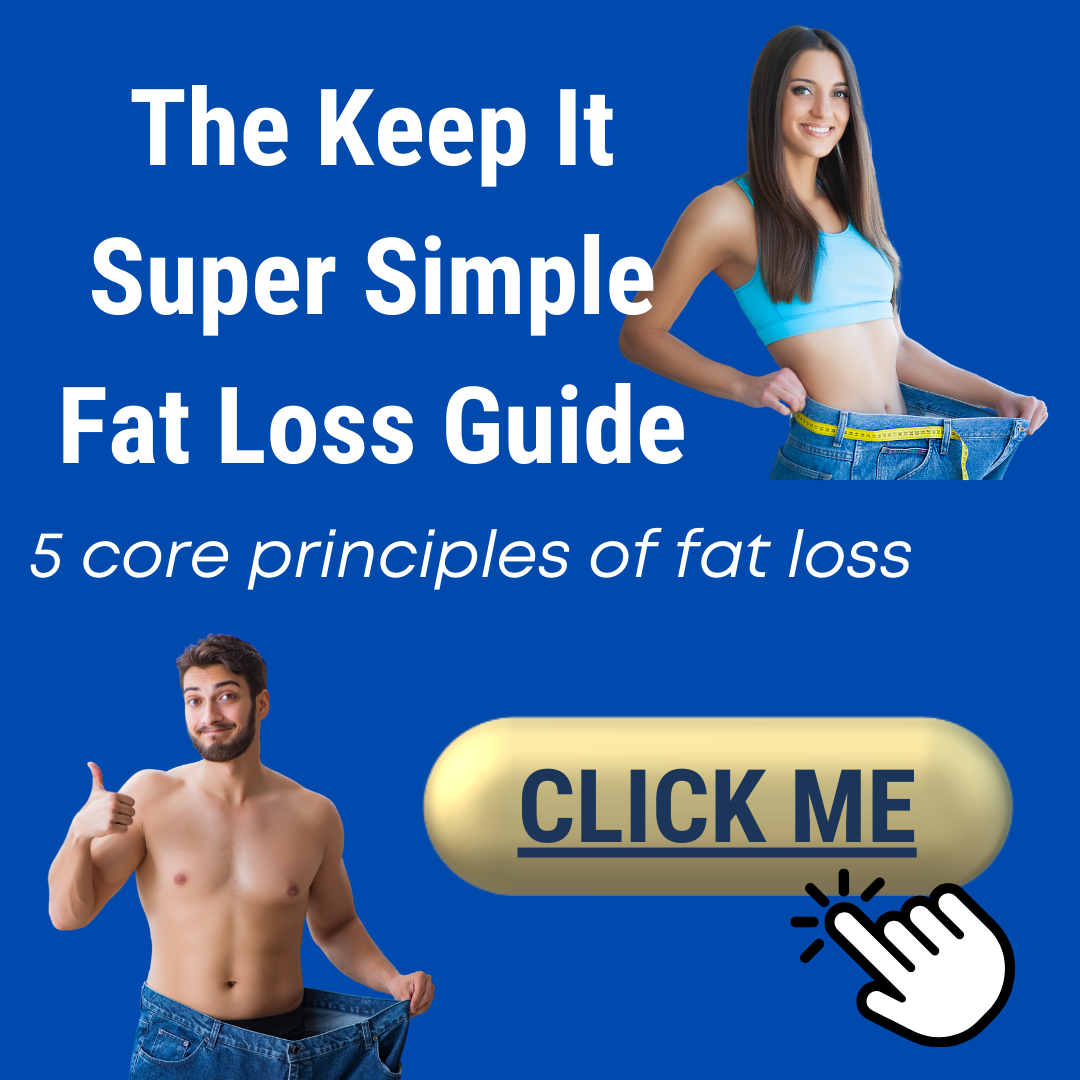
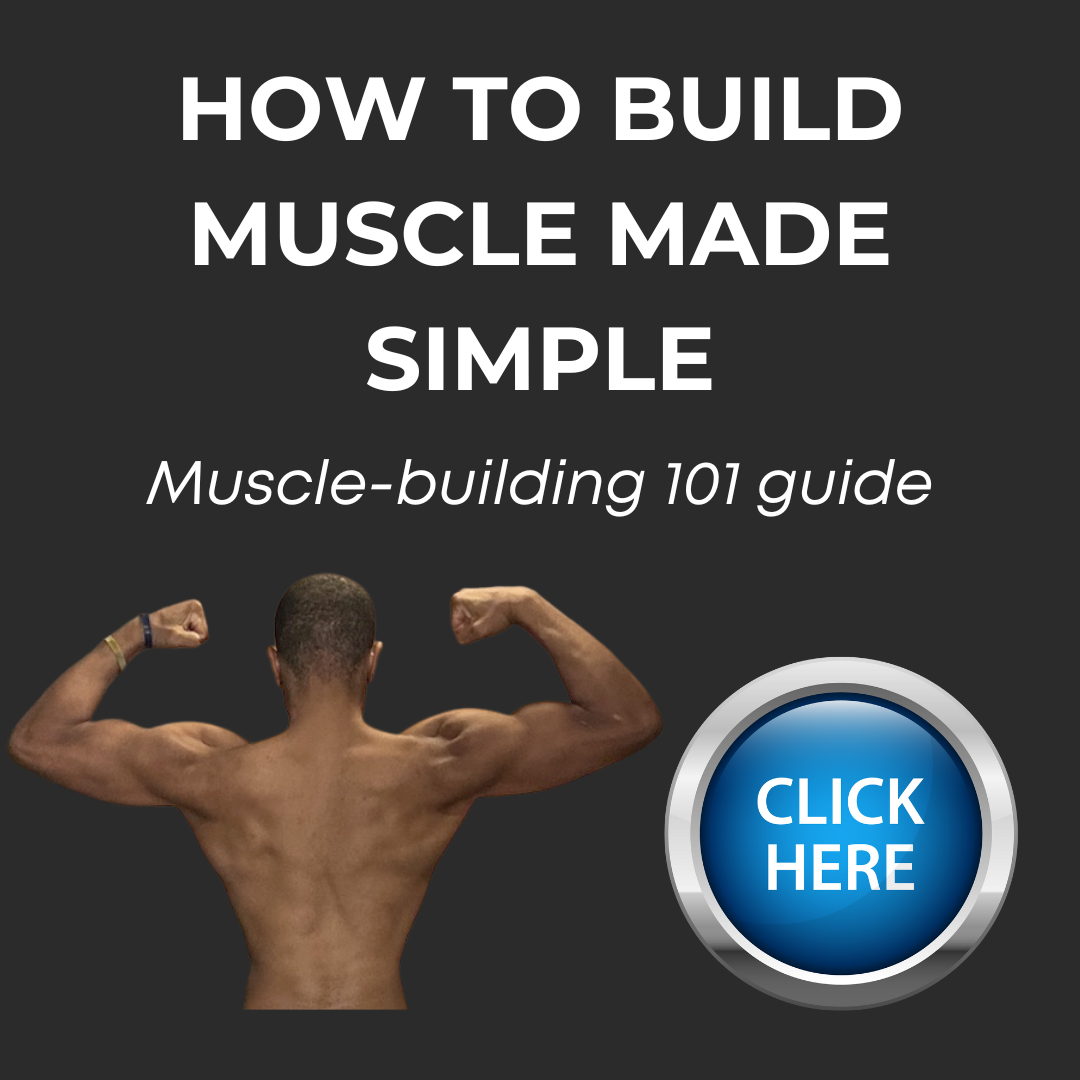
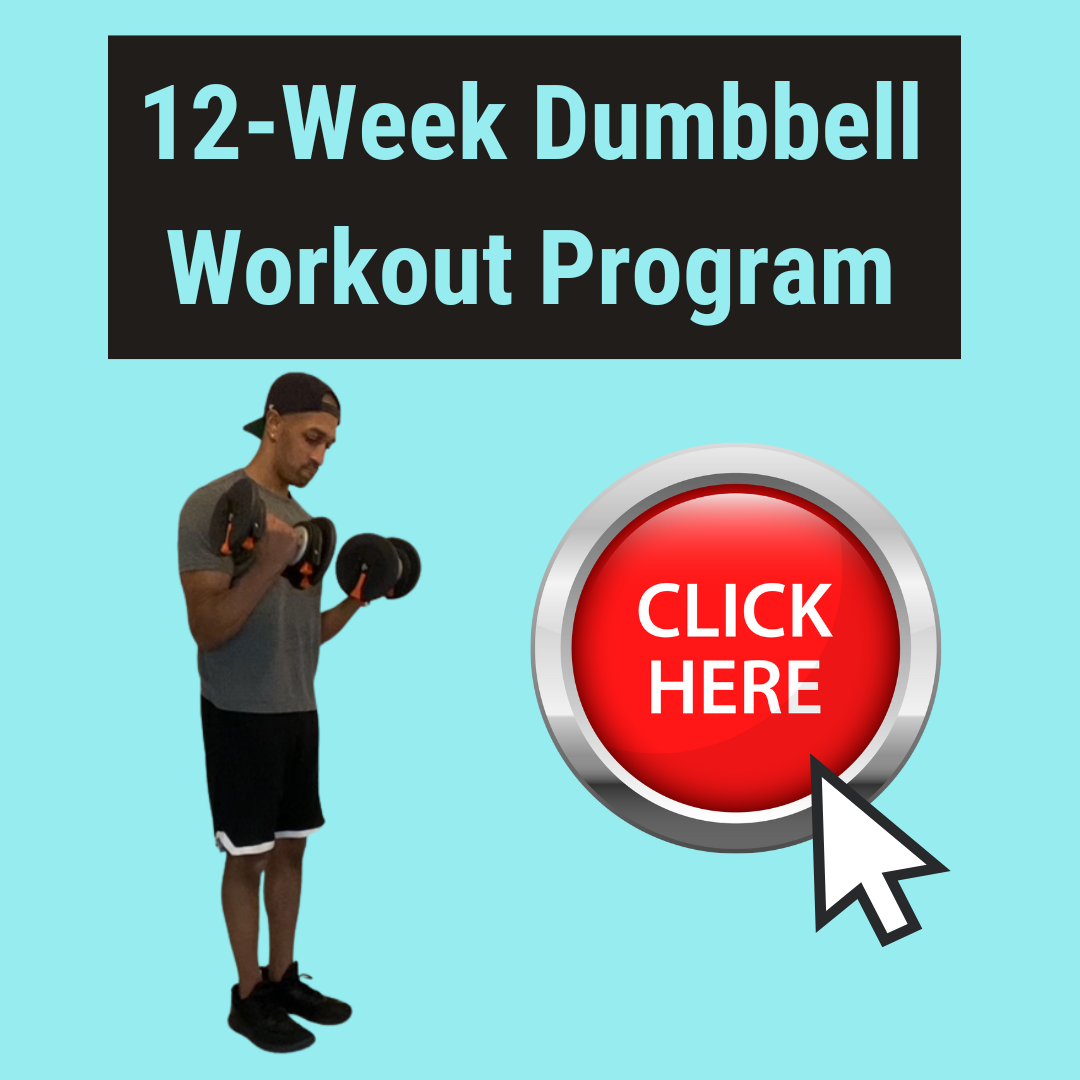


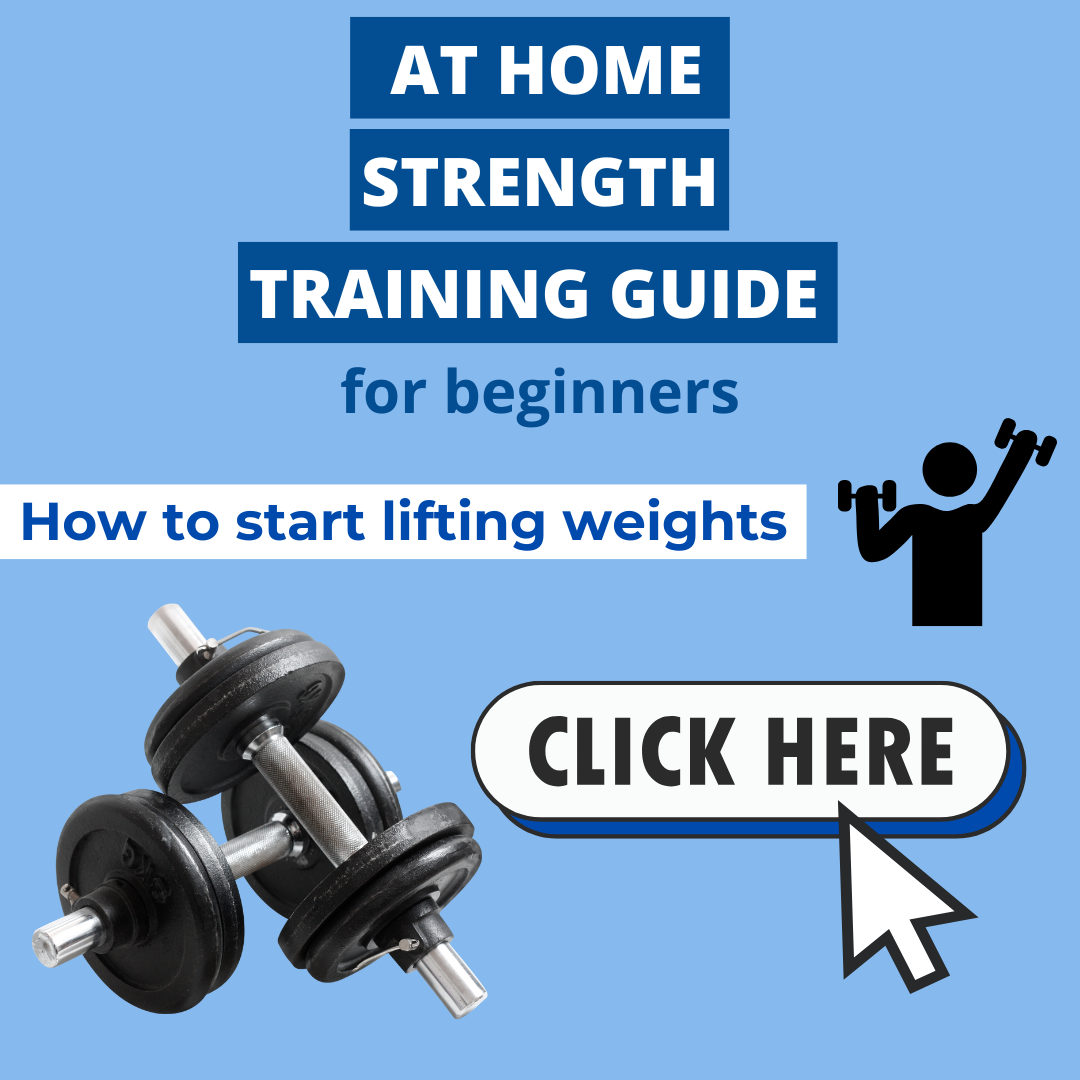
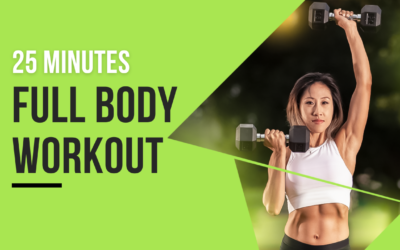
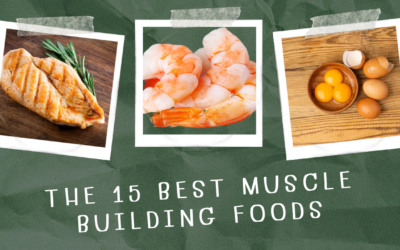

0 Comments